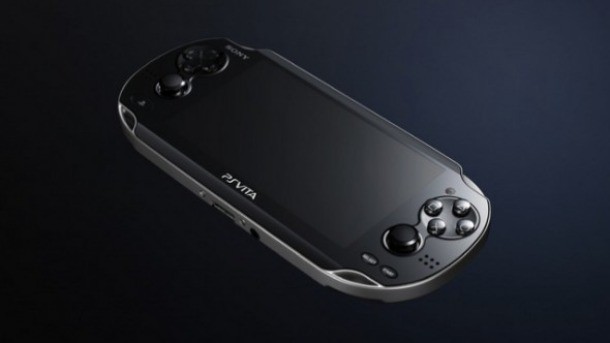Analysis – Where Are The First Party Vita Games?

At the end of last week, Nintendo released a revised forecast for its current fiscal year. The bad news inevitably lead to conversation about the future of the Wii U (and steps Nintendo might take to expand the install base). This got us thinking about the Vita, which also suffers from mismatched potential and support.
While the Wii U’s biggest titles are still ahead (Mario Kart and Super Smash Bros.), retailer listings for upcoming Vita games show the opposite. A cursory glance at a couple of major distributors show only two first-party releases on the books. One of these is an annual sports title (MLB ’14 The Show) and the other is a re-release of titles dating back as far as the PlayStation 2 (God of War Collection).
We’re led to wonder if the Vita is about to get a significant makeover. Originally billed as a high resolution handheld with marquee titles like Uncharted: Golden Abyss, the Vita has grown into an indie powerhouse with functionality tied closely to living room consoles. We’ve previously discussed the potential to market Vita TV as a companion device in North America. The Vita itself could very much be headed in that direction.
A Vita purchase can be rationalized because of Sony’s cross-buy program. Confidence is bolstered for those who own a PlayStation 4 and want to take advantage of remote play (a feature that has improved greatly in the new generation). As a standalone machine though, it’s a hard sell.
There are some things Sony can do to move more units, but it’s going to require a marketing reboot. Sony’s first step should be to lower the retail price. The Vita’s current cost of $200 is a tough sell as a companion device, especially on top of a $400 PlayStation 4, games for that system, a second controller, and PlayStation Plus (important for Instant Game Collection titles).
The second element that must be addressed is the exorbitant proprietary memory cost. A 32 GB memory card will run consumers $80. A quick comparison of same-size SD cards (or microSD cards) shows an approximate price of $20.
Finally, Sony must more fully embrace and incentivize cross-buy and cross-save functionality. The Vita is at its most elegant when the portable version is available as part of a package and when players can move freely from the couch to everywhere else. Cross-buy respects players’ wallets, and cross-save values their time.
The Vita is at a crossroads. Dwindling first-party support sends a message and after last fall’s release of Tearaway, there’s not enough on the horizon that makes the handheld a compelling standalone purchase. There’s new life to be found as a companion device though, and Sony should start marketing the Vita as such immediately.

Get the Game Informer Print Edition!
Explore your favorite games in premium print format, delivered to your door.
- 10 issues per year
- Only $4.80 per issue
- Full digital magazine archive access
- Since 1991









